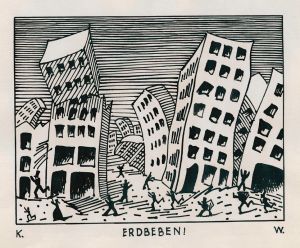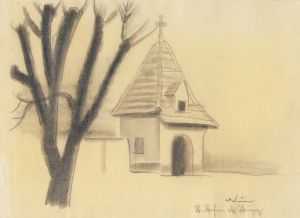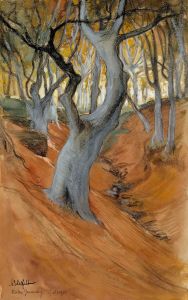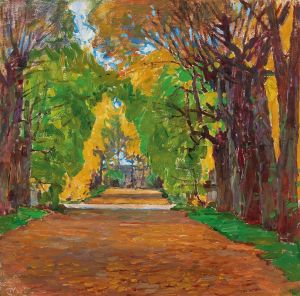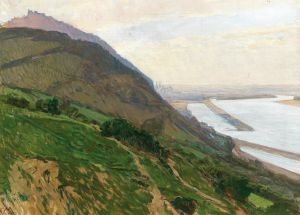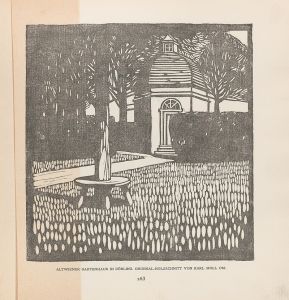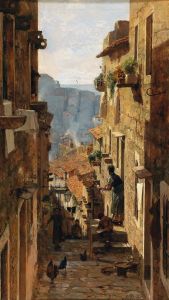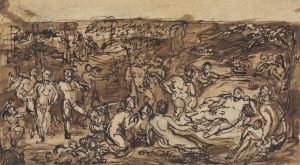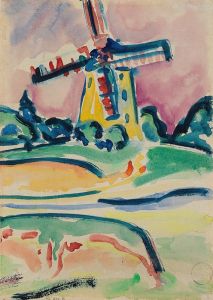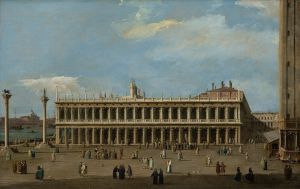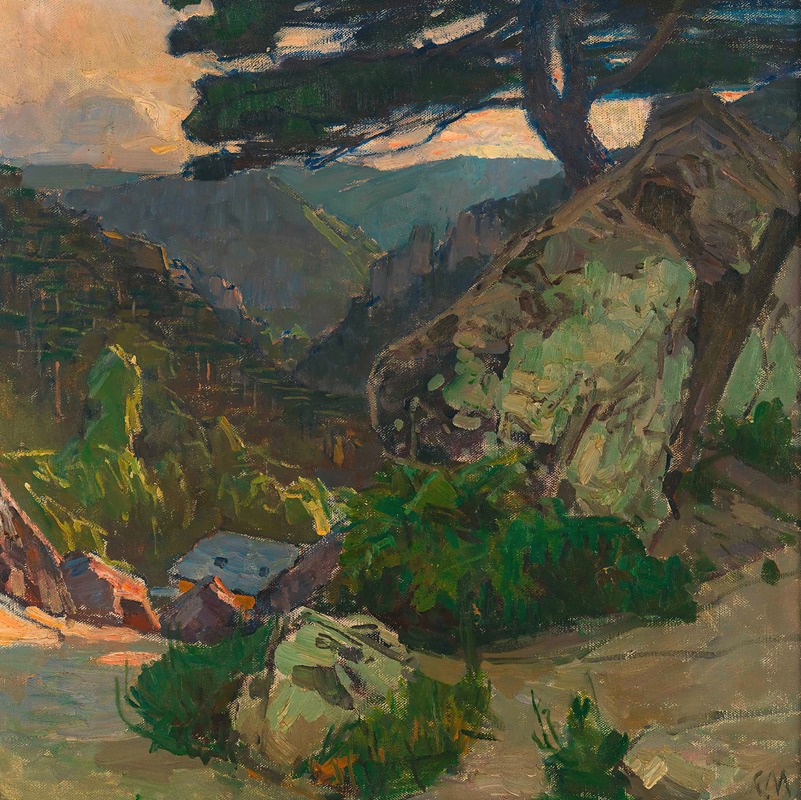
Blick in die Klausen bei Mödling
A hand-painted replica of Carl Moll’s masterpiece Blick in die Klausen bei Mödling, meticulously crafted by professional artists to capture the true essence of the original. Each piece is created with museum-quality canvas and rare mineral pigments, carefully painted by experienced artists with delicate brushstrokes and rich, layered colors to perfectly recreate the texture of the original artwork. Unlike machine-printed reproductions, this hand-painted version brings the painting to life, infused with the artist’s emotions and skill in every stroke. Whether for personal collection or home decoration, it instantly elevates the artistic atmosphere of any space.
Carl Moll's painting "Blick in die Klausen bei Mödling" is a notable work by the Austrian painter, who was an influential figure in the Vienna Secession movement. Born in 1861, Moll was a student of Christian Griepenkerl and later became a co-founder of the Vienna Secession in 1897, a group that sought to break away from the traditional academic art of the time and promote modernist ideas.
"Blick in die Klausen bei Mödling" translates to "View into the Klausen near Mödling." Mödling is a town located in the state of Lower Austria, south of Vienna, known for its picturesque landscapes and historical significance. The Klausen refers to a narrow valley or gorge, which is a characteristic feature of the region's natural beauty. This setting provided a rich source of inspiration for Moll, who was known for his landscape paintings that often depicted serene and idyllic scenes.
Moll's work is characterized by his keen attention to detail and his ability to capture the subtle interplay of light and shadow. In "Blick in die Klausen bei Mödling," Moll employs a delicate palette and precise brushwork to convey the tranquil atmosphere of the Austrian countryside. The painting reflects the influence of both Impressionism and Symbolism, movements that were significant during Moll's time. His landscapes often evoke a sense of calm and introspection, inviting viewers to immerse themselves in the natural world.
As a member of the Vienna Secession, Moll was part of a broader artistic movement that included notable figures such as Gustav Klimt, Koloman Moser, and Josef Hoffmann. The Secessionists sought to create a new style that embraced innovation and individual expression, challenging the conservative norms of the art establishment. Moll's work, including "Blick in die Klausen bei Mödling," exemplifies this spirit of artistic exploration and the desire to capture the essence of the natural environment.
Throughout his career, Moll remained committed to the ideals of the Secession, and his contributions to the movement were significant. He played a crucial role in organizing exhibitions and promoting the work of his contemporaries. Moll's dedication to fostering a vibrant artistic community in Vienna helped to establish the city as a center of modern art during the early 20th century.
"Blick in die Klausen bei Mödling" is a testament to Moll's skill as a landscape painter and his ability to convey the beauty and tranquility of the Austrian landscape. The painting continues to be appreciated for its artistic merit and its reflection of the innovative spirit of the Vienna Secession. Today, Carl Moll's work is celebrated for its contribution to the development of modern art in Austria, and his paintings remain an important part of the country's cultural heritage.





